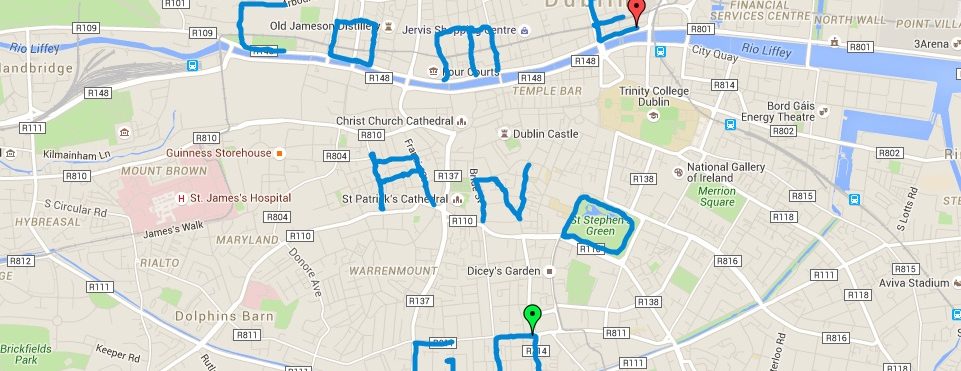Smart Phone

“Celular inteligente”, o “smart phone”, ganha recursos de inteligencia artificial da PARC (a mesma que criou as interfaces graficas que usamos hoje nos nossos desktops) e propoe acoes ao usuario em seus deslocamentos pelas cidades. O programa “Magitti” usa informacoes diversas como localizacao e “humor” do usuario para propor coisas a fazer. Mais do que desterritorializacao, ou nomadismo absoluto, o que vemos aqui sao novas formas de territorializacao (controle informacional) sobre o espaco (vejam meus ultimos artigos sobre o tema). Essa territorializacao pode ser bastante util para controle do ambiente externo, mas tambem bastante limitadora das possibilidades de errancia e do encontro com o inusitado, ou seja, do encontro de algo fora do “perfil” habitual do usuario, de algo que nao esteja no universo das nossa necessidades ou desejos mais prementes. Vejam que podemos sempre desligar, mas ao ligar, um processo de inducao comeca, sendo dificilmente interrompido. Mas nao ha nunca o “crime perfeito” ;-)).
Vejam artigo do Technology Review. Vejam com os celulares sao efetivamente DHMCM. Abaixo alguns trechos:
“The mobile phone has long ceased being a simple two-way communication device: today’s handheld is a mini personal computer, complete with multimedia players, maps, and Web browsers. Now researchers at Palo Alto Research Center (PARC) want to push the phone farther. They have developed software that turns a phone into a thoughtful personal assistant, one that helps people find fun things to do. The software, called Magitti, uses a combination of cues–including the time of day, a person’s location, her past behaviors, and even her text messages–to infer her interests. It then shows a helpful list of suggestions, including concerts, movies, bookstores, and restaurants.
When a person first opens a phone that has Magitti software, she will instantly see a list of recommendations. If it’s noon, the software might suggest local restaurants. If it’s 3 P.M., it might recommend a nearby boutique for shopping. If it’s 9 P.M., a list of pubs might appear. Over time, these recommendations will change as Magitti learns more about the user’s behaviors and preferences. The software employs artificial-intelligence algorithms that have traditionally been used in research to make tailored recommendations. If, for instance, a person prefers to eat inexpensive lunches and more-expensive dinners, Magitti will pick up on this (by comparing the GPS location of the restaurant with a database of establishments) and offer up corresponding recommendations.
(…) But Magitti aims to do something different. “What’s unique is that we’ve tried to build awareness of different kinds of activities,” says Victoria Bellotti, senior researcher at PARC. “We want to find what kind of mode [the user is in]: if they’re hungry, if they’re interested in being entertained … And we’re trying to make this a relaxing interactive experience rather than being bothersome with alerts or requiring you to do searches.”
PARC’s software, which was developed for the Japanese company Dai Nippon Printing, is an example of a burgeoning trend to add more intelligence to handheld devices. And in many cases, this intelligence gives gadgets the ability to learn more about the person who operates them. As phones become more powerful, and more acquire sensors such as accelerometers and GPS, researchers are looking to artificial-intelligence algorithms to make sense of the data. Microsoft, Intel, Nokia, and universities such as MIT have groups that are exploring the applications for this type of software. (See “The iPhone’s Untapped Potential” and “Making Phones Polite.”)…”
